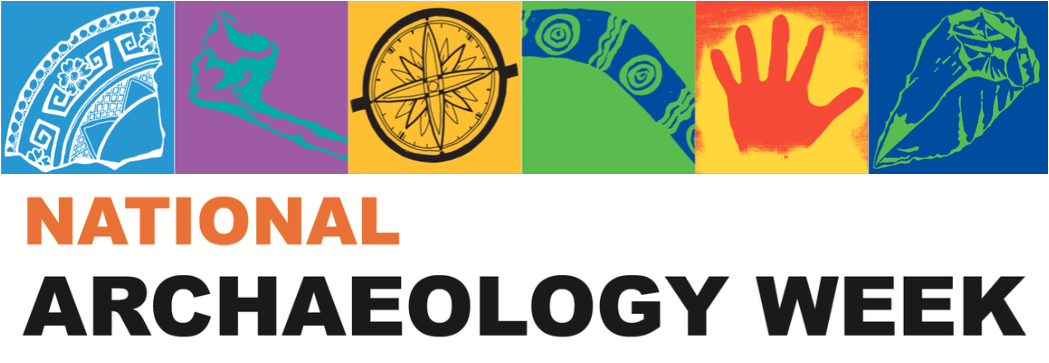For National Archaeology Week 2022 the Department of Archaeology at the University of Sydney invites you to ask them questions. They are welcoming questions on literally anything to do with archaeology. Join us in the Chau Chak Wing Museum for a free panel discussion where four Sydney archaeologists who work in a range of material culture associated with past and living cultures from around the world will discuss their backgrounds, their current research interests and will happily answer any questions about their work and the role of archaeology in the 21st century. From stone tools of antiquity to the latest use of technology for understanding the past, from analysing data to working with communities, discover more about the life of an archaeologist in the field, in the lab and in the museum.
Following this free panel Q&A, guests are welcome to join us in Sounds café afterwards to continue the conversation.
Meet the Panellists:
Patrick Faulkner is an archaeologist in the Department of Archaeology at the University of Sydney and a current ARC Future Fellow. Pat is an archaeomalacologist, specialising in the analysis of molluscs from archaeological sites. Over the last 20 years he has worked across Australia, focusing mainly on the northern tropical coast, as well as working on projects in Papua New Guinea, Oman, Jordan, Kenya, Tanzania, the Comoros and Madagascar. His current research project looks at human-environmental interactions in southern Sri Lanka.
Tristen Jones is a lecturer in the Master of Museum and Heritage Studies program. Her main research interests are Australian Indigenous archaeology and heritage, with a focus on rock art, cultural landscapes, material culture and museum collections. Recently, Tristen has worked on developing Indigenous led research, knowledge sharing and teaching partnerships in tertiary education with Australian Indigenous communities as part of the ANUs Indigenous Health and Wellbeing Grand Challenge. Her most recent research has focused on how Australian Indigenous and Pacific material culture collections can transform disciplinary histories, in particular how the materiality and agency of objects and their relevance to contemporary Indigenous communities can shed new light on the hidden histories of museum collections.
Joseph Lehner is an associate lecturer in archaeology of West Asia and an ARC Discovery Early Career Award Fellow at the University of Sydney. His work focuses on the evolution of social complexity, ancient technology and archaeological materials science. He has conducted fieldwork from across Ethiopia to India, and currently codirects international projects in Turkey and Oman.
Madeline Robinson is an archaeologist and the Archaeology Support Officer in the Department of Archaeology at the University of Sydney. Madeline specialises in 3D photogrammetry modelling and has worked at several sites in Australia and overseas, above and under water, since graduating from USyd with a Science and Arts degree and first-class honours. Over the past few years, Madeline has been working with the Chau Chak Wing Museum developing an online catalogue of 3D modelled objects and is currently preparing for her PhD at the University of Sydney.
The panel will be moderated by James Flexner.
James Flexner is Senior Lecturer in historical archaeology and heritage at the University of Sydney. He has worked extensively in the Pacific Islands and coastal Australia, including directing excavation projects in Tasmania, Vanuatu, and Queensland. He studies past and present relationships between people and landscapes, via close collaboration with indigenous and local communities. His newest project, funded by the Australian Research Council, focuses on the archaeology of the 1830s Catholic mission landscapes in the Gambier Islands of French Polynesia.
When: 12-1pm AEST, Tuesday 17 May 2022
Where: Chau Chak Wing Museum, University Place, Camperdown NSW 2006
To register: https://www.eventbrite.com.au/e/meet-the-archaeologists-a-panel-qa-tickets-319281418317
Photo credit: Excavating Bullock Hill Camp, image courtesy Department of Archaeology, The University of Sydney
